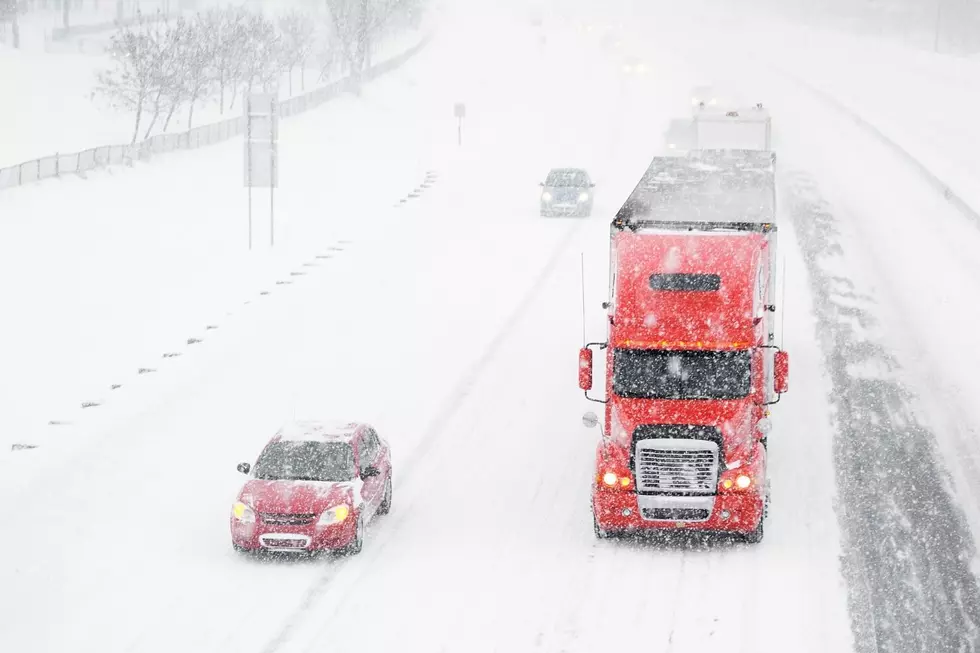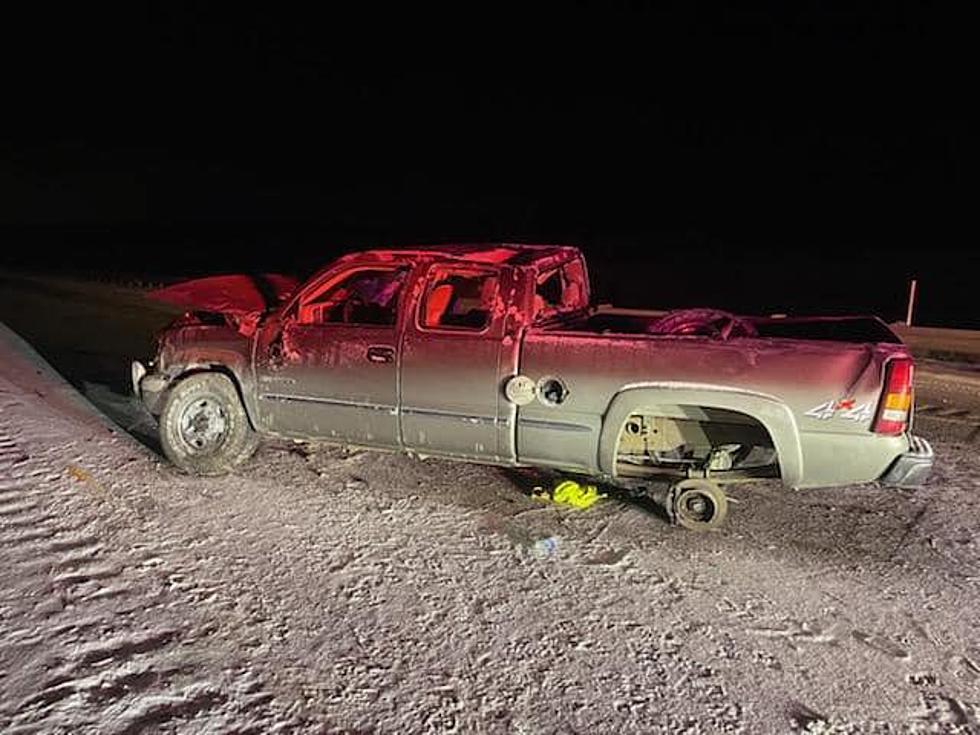
Good Air, Bad Air Quality–Where Exactly Do The Reports Come From?
The Columbia Basin depends a lot on clean air reports, and these start with the Benton Clean Air Agency. (BCAA)
They're the folks who determine burn days if the air is safe, healthy, unsafe, or downright hazardous.
You've all seen the little gauge graphs, especially during times when the sun is a red ball in the sky and we're covered in smoke during fire season.
But we wondered a few years ago, exactly where does the data come from, what's monitored and used for these reports?
It's actually kind of cool, in a tekkie sort of way.
The BCAA's main monitoring station is a collection of high-tech equipment that's position on the top of the Tri-Tech Skills Center on Metaline in Kennewick. If you've ever checked the air quality (like many do during fire and smoke season) it references the site on Metaline Ave.
But if you drive down the road, you don't see anything that looks like monitoring equipment. That's because it's all on the roof. This location is centrally positioned, and because of its relative elevation, is able to accurately determine what's going on with our air.
There are a couple of satellite sub-stations that are much smaller, but the main data comes from this. It looks like a collection of stuff that would be left on the moon.
The equipment measures smoke, particulates, dust, ozone, and other factors that can make the air unsafe.

You may remember a few times over the last couple of years when the meter was pegged in the maroon hazardous category. As of Friday August 6, not bad.
So now you know where it comes from.
LOOK: The most expensive weather and climate disasters in recent decades
More From 105.3 KISS FM









